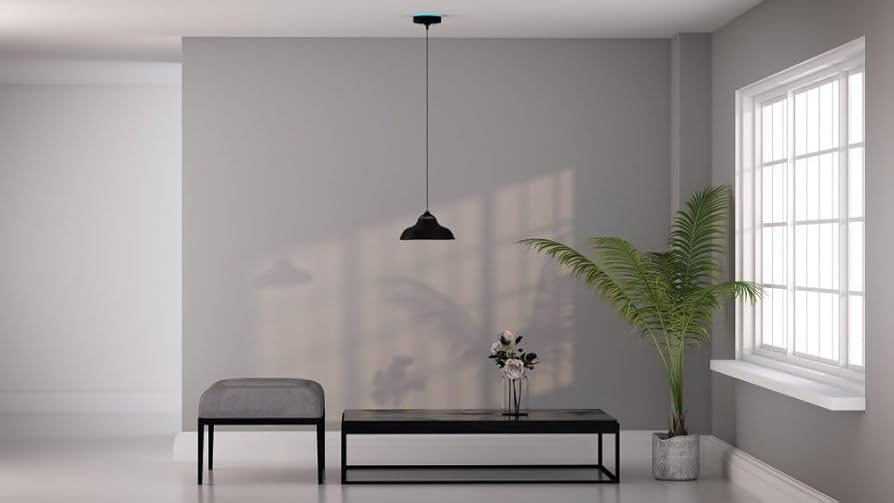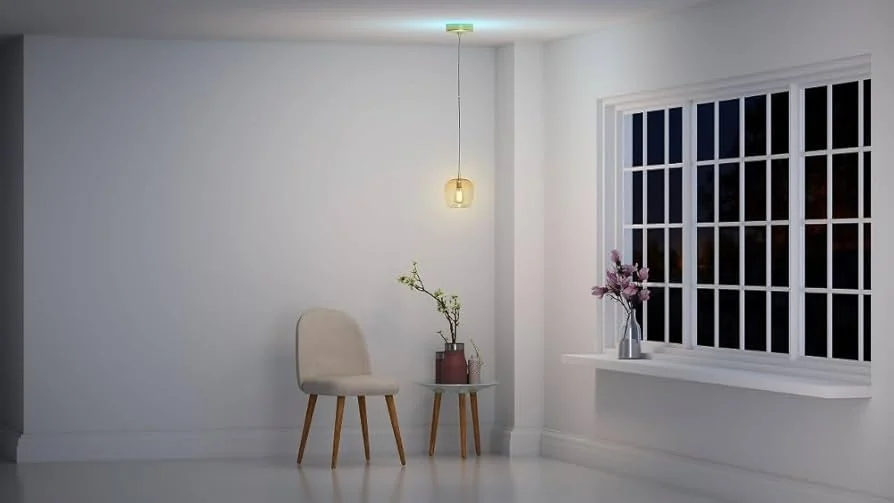Rising energy costs and environmental concerns have pushed us to rethink our daily energy consumption. Traditional lighting systems contribute significantly to our carbon footprint and rising utility bills. Then what is the solution? Yes, environmentally sustainable smart lighting offers a perfect blend of technology and eco-consciousness, helping you reduce both energy waste and costs while keeping your home brilliantly lit.
From LED smart bulbs and automated schedules to eco-friendly lighting systems and efficient network hubs, modern technology offers numerous ways to transform your home lighting. These solutions work together easily to create an intelligent, energy-efficient environment that responds to your needs while protecting our planet.
But the question is how to choose the right bulbs, how many ways of setting up automated schedules, and which network protocol is best for your home. Let’s explore these eco-friendly solutions together.
Choose Energy-Efficient Bulbs
When it comes to sustainability, the type of bulb you use matters. Traditional incandescent bulbs use a lot of energy and have a short lifespan. Instead, opt for energy-efficient bulbs such as LEDs. Here’s why:
- LEDs use 80% less energy compared to incandescent bulbs, which translates to lower energy bills.
- Longer lifespan means fewer replacements, reducing waste.
- Lower heat emission helps keep your home cooler, especially in the summer months.
By making this simple switch, you can make a big difference in your home’s overall energy use.
Implement Smart Scheduling for Your Lighting
One of the greatest advantages of a smart lighting system is the ability to set schedules. Think about the times you need lights in certain areas of your home. You can program your lights to automatically turn on during your evening routine or dim down as you wind down at night. Scheduling helps in the following ways:
- Reduced energy waste: No need to worry about accidentally leaving lights on all night.
- Enhanced convenience: You’ll always have lights when you need them without manually turning them on and off.
- Seasonal adjustments: In the winter, lights can come on earlier to brighten the evenings, and they can be adjusted to match daylight savings.
Use Motion Sensors and Dimmers
Motion sensors are a fantastic addition to any eco-friendly renovation lighting setup, especially for areas that don’t need constant lighting, like hallways, garages, and closets as they:
- Automatic shut-off: Lights turn off when no movement is detected, conserving energy.
- Perfect for busy households: You won’t need to remind family members to turn lights off when leaving a room.
Dimmers allow you to adjust brightness based on the time of day or mood, helping save energy while also enhancing ambiance. In the evening, dimmer lights are often sufficient, meaning you’re using less power for the same effect.
Explore Solar-Powered Outdoor Lighting
Outdoor lighting can add beauty and security to your home, but it’s often a source of wasted energy if left on for extended periods. Solar-powered lights offer an eco-friendly alternative:
- Charge during the day: These lights store energy from the sun, eliminating the need for electricity.
- Automatic on/off: Many solar lights are equipped with sensors that turn on at dusk and off at dawn, providing illumination without using grid power.
- Great for gardens and pathways: Solar lighting is a low-cost way to illuminate outdoor areas and highlight landscaping.
Make Use of Natural Light
Smart lighting doesn’t have to be only artificial; it can complement natural light in a way that creates a brighter, more comfortable home. Some simple adjustments you can make:
- Open curtains and blinds: Let in as much sunlight as possible during the day to reduce the need for artificial lighting.
- Use light-colored furnishings: This helps reflect natural light, making rooms feel brighter and more open.
- Place mirrors strategically: Mirrors reflect light around a room, helping spaces feel more illuminated.
By maximizing natural light, you’ll reduce your need for smart lighting during the day.
Regularly Maintain Your Lighting System
Maintaining your smart lighting setup can go a long way in keeping it eco-friendly. Over time, bulbs and fixtures can accumulate dust and reduce efficiency. You can keep them working optimally:
- Clean bulbs and fixtures: Dust can dim lighting, meaning you might end up using more power to achieve the same brightness.
- Check for software updates: Many smart lighting systems offer updates that can improve efficiency or add new eco-friendly features.
- Replace bulbs as needed: Over time, bulbs lose brightness and efficiency. Regularly updating them ensures you’re using the least amount of energy for the best lighting.

Connect Your Smart Lighting to Other Smart Devices
Consider linking your smart lighting with other smart devices in your home, like thermostats or window shades. When connected, these systems can work together to further optimize energy use. For example:
- Automatic dimming with temperature: If your thermostat detects a certain temperature, it could signal your lights to dim to reduce heat.
- Integration with smart shades: Program your lights and shades to work together so that shades lower to keep rooms cool and reduce the need for artificial light during peak sunlight.
Monitor Your Energy Usage
Many smart lighting systems allow you to track energy consumption through apps. Regular monitoring helps you identify areas where you can cut back or adjust settings for even more energy savings. This can be beneficial to:
- Get detailed insights: See how much energy each light or room uses.
- Adjust based on data: Identify peak times and adjust lighting schedules accordingly.
- Set energy-saving goals: Some apps even let you set targets, so you can actively work on reducing consumption each month.
Final Thoughts
Adopting eco-friendly smart lighting practices not only benefits the planet but also reduces household costs. Small changes, like adjusting brightness, setting schedules, or using energy-efficient bulbs, make an obvious difference over time. Sustainable lighting practices allow you to enjoy the convenience of smart lighting with a lower impact on the environment. With these tips, you can make your home’s lighting setup more eco-friendly and set a powerful example of sustainable living. Start with one or two adjustments, and soon you’ll see how each step builds toward a greener, more energy-efficient home.







